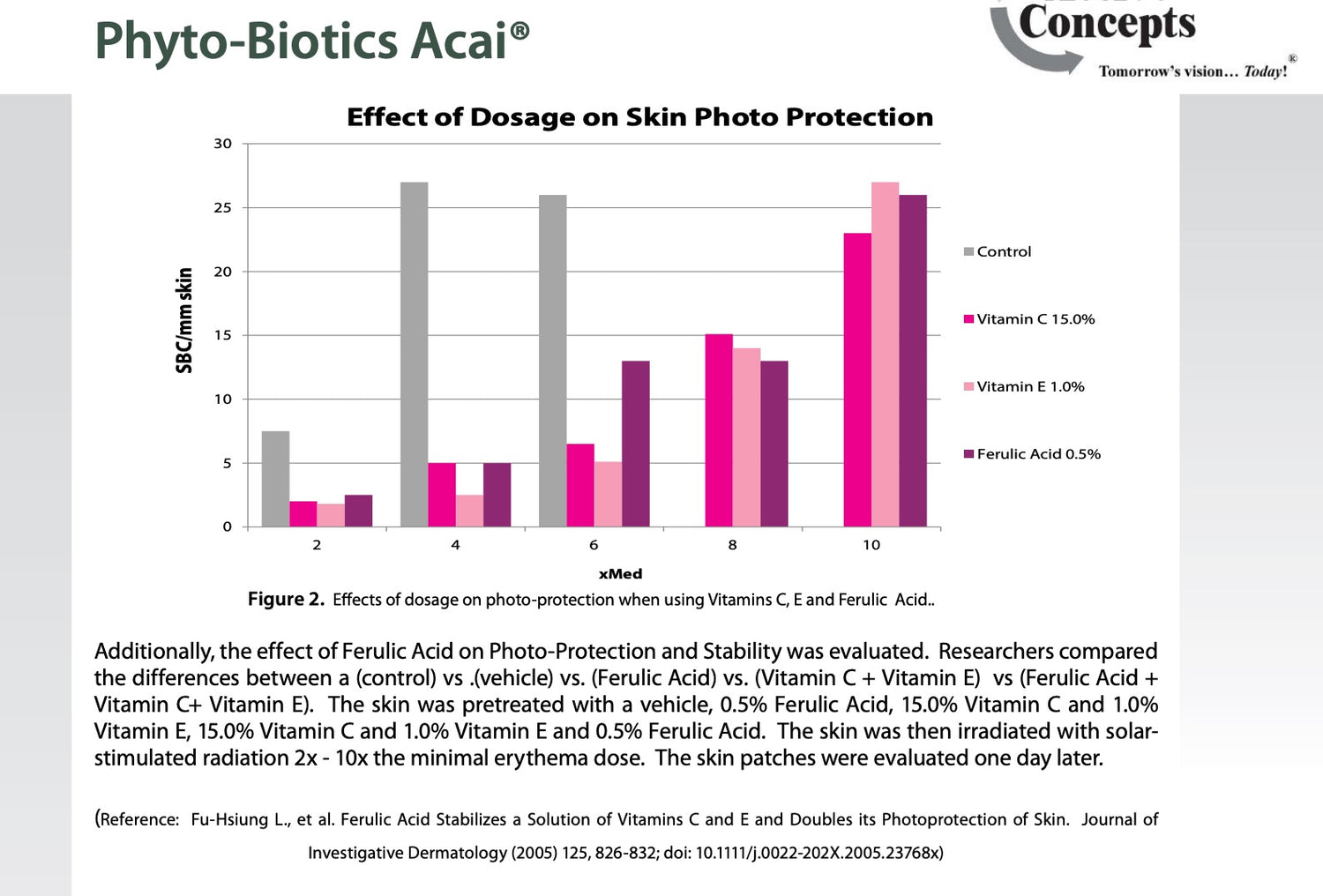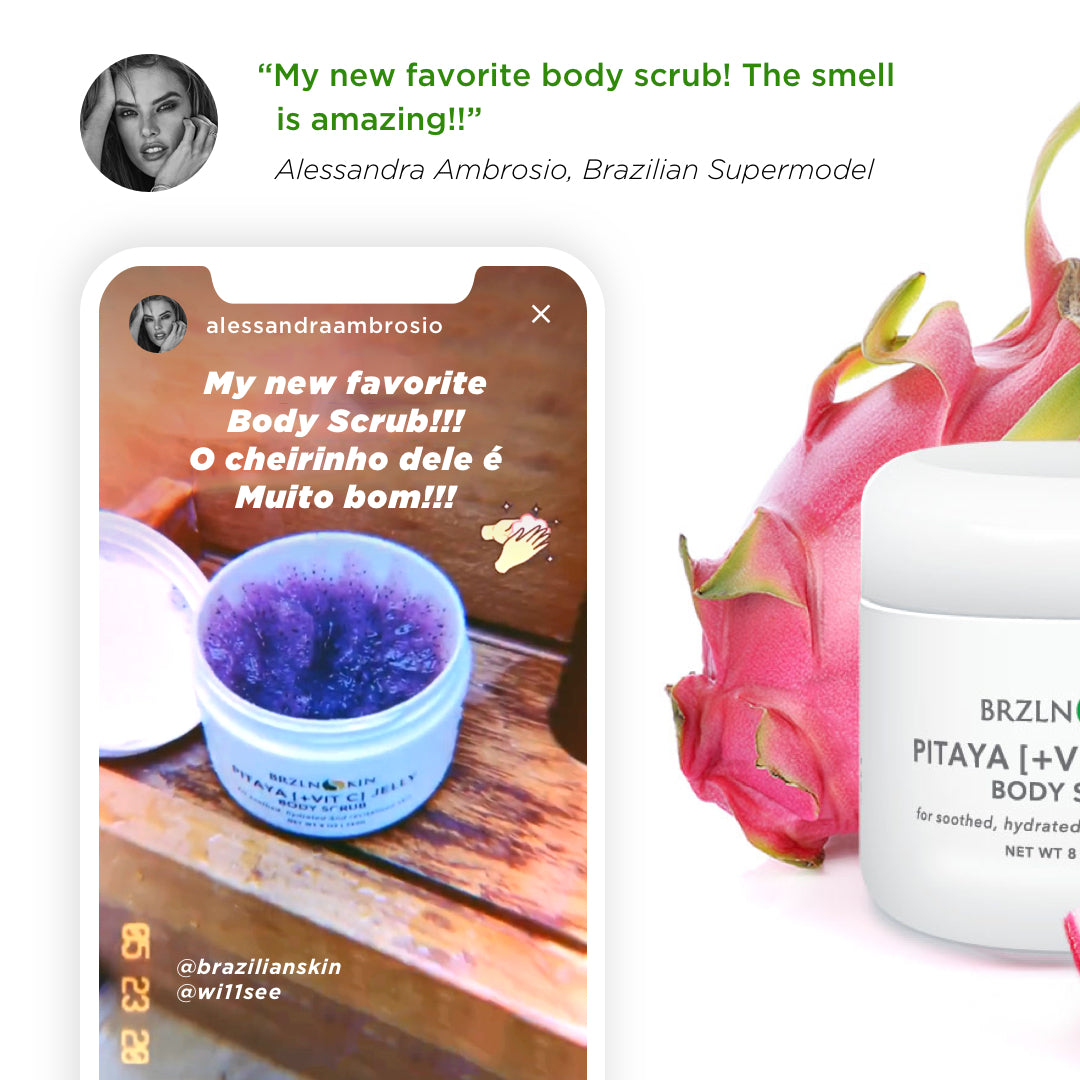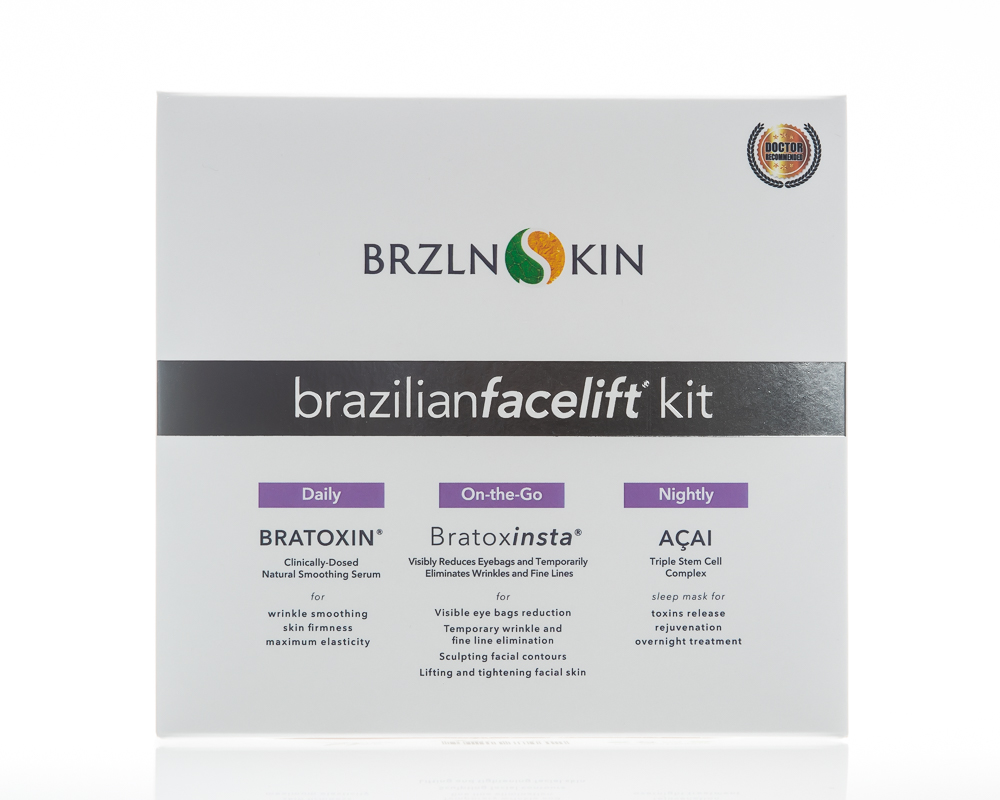While Botox has had an outstandingly safe history some people have capitalized the marginal occurrence of adverse effects. Every medication has risks. So, the perception of a risky cosmetic procedure based on few cases is unfounded. Botox is essentially a neurotoxin called Botulinum Toxin Type A that can cause botulism, a condition that has the potential to paralyze muscles. However, this cosmetic procedure uses small amounts of the toxin, explaining why it has received FDA approval for the treatment of medical conditions like spasms. So, the supposed claim that the tiny toxins do not leave the injected area has been found (through research) to be untrue. A study on mice neurons revealed that the molecules actually move between various nerve cells.
What do studies say?
Botox is a safe cosmetic procedure with an extremely low rate of insignificant side effects. I fact s study published in the JAMAL Dermatology Journal in 2014 showed that the procedure causes minor side effects like bruising and skin discoloration in less than one percent of users. Additionally, the fact only 36 cases of adverse effects were reported to FDA from 1989 to 2003, a whopping 14 years, further affirms the fact BOTOX is safe. Surprisingly, 13 patients, out of the 36, had other underlying medical conditions that medical experts believe may have contributed to their undesirable response to the drug.
Botox vs. traditional facelifts
Over the past couple of years, minor cosmetic procedures have gained popularity thanks, in part, to their ease of execution and their effectiveness. The cosmetic procedure effectively eradicates wrinkles and, unlike conventional facelifts, Botox can be done without using general anesthesia. You also only need at most 24 hours to recover fully. In addition to these attributes, the cosmetic procedure is very helpful to people with debilitating conditions like chronic migraines. To such patients, the life-changing relieve that the cosmetic procedure delivers by far outweighs the slight risk of negative side effects. Patients living with chronic pains also have no choice expert to opt for the cosmetic procedure.
How Does It Work?
Botox, being a neurotoxin, works by adhering itself to nerve endings. After it does so, your body desists from releasing neurotransmitters usually responsible for initiating muscle contraction. So, the treatment basically relaxes your facial muscles thus preventing them from lying underneath and causing wrinkles. Botox is, therefore, capable of miraculously rewinding the clock because it instantly and effectively treats dynamic wrinkles. Dynamic wrinkles refer to the wrinkles that occur when you move your face, for instance, when you frown. Other alternatives like chemical peels and dermabrasion besides being ineffective against dynamic wrinkles have lengthy downtime lasting about ten days.
Tips to extend the effects of aesthetic results
Non-surgical cosmetic procedures have many benefits including requiring a simple procedure to carry out and minimal if any, downtime. However, the fact they are not permanent necessitate periodic repetition to maintain their elegant results. This does not have to be the case with Botox, how to make Botox last longer is a subject that has been widely explored leading to the formulation of the following tips;
- Protect yourself from harsh sun rays; your skin becomes more sensitive following a Botox procedure. So, it is advisable to protect yourself from the UV rays to allow your skin ample time to heal.
- Plant-based diet; such a diet not only enhance your overall health but also make you look your best. So, include fresh vegetables and fruits as well as lean proteins in your diet both before and after Botox procedure to optimize its effect on your skin.
- Workout the areas; intentionally move the treated area, that is, make a frown as opposed to keeping your wrinkled area immobile, after the cosmetic procedure. Doing so has been found to increase the effect of Botox treatment making the desired effects to last long.
While Botox has received its fair share of criticisms and unfounded claims, research and statistics show it is indeed safe and effective. With less than one percent of reported cases of adverse side effects, the figures are well within the acceptable range of successful medical treatment. So, anyone who experiencing dynamic wrinkles, suffering from conditions like migraines or is struggling with pain should try Botox.
Learn more about the history of Botox.




